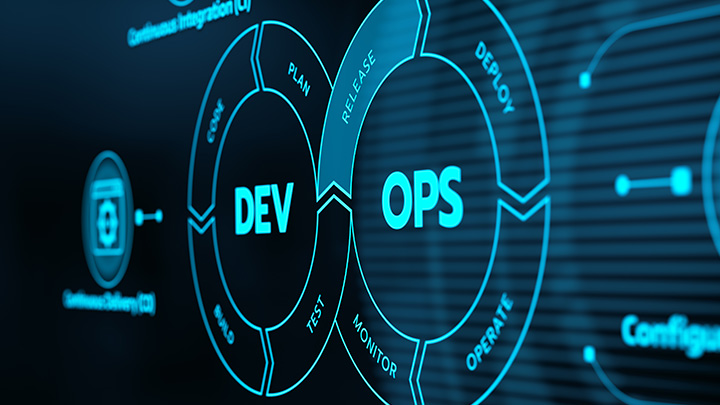
Effective stakeholder management can be challenging but it is always crucial for project success. Non-technical stakeholders, such as C-level management, marketing teams, or end-users often have significant influence over the project’s vision and direction.
This article is a comprehensive step-by-step guide to managing non-technical stakeholders in software development, complete with relevant examples for each topic which you can apply in real-world situations.
Ensure that all relevant parties are considered and their needs understood early in the project.
Our first step is to create a comprehensive list of all stakeholders at the project’s initiation phase. This list should include all individuals or groups who are interested in the project’s success and would be closely involved in product discussions.
Action: Create a comprehensive list of stakeholders.
Example:
Conduct interviews or workshops to understand stakeholders’ expectations, goals, and concerns. This information helps in aligning the project objectives with stakeholders’ needs and addressing any potential issues early.
Action: Conduct interviews or workshops.
Examples:
Example Questions:

This is the time to use a stakeholder matrix tool to categorize all decision makers based on their influence and interest. This categorization helps in prioritizing engagement efforts and adapting communication strategies.
Action: Categorize stakeholders based on influence and interest.
Example of a stakeholder matrix:

Maintain clear and ongoing communication with stakeholders, reducing misunderstandings and increasing project transparency.
Non-technical stakeholders may find technical language confusing. Use simple, clear language to explain complex concepts. It’s better to also include visual aids like charts, diagrams, and prototypes – this all can be very effective in conveying tech-oriented information.
Action: Use simple, clear language.
Example:

Keep stakeholders informed regularly. Use status reports and meetings to provide transparent insights into the project’s progress, challenges or risks. Record all the meetings and publish them for stakeholders with the detailed meeting minutes description.
Encourage feedback and active participation to be on the same page with all decision makers, regularly update priorities, gather their input and address their concerns.
Action: Provide regular updates and collect feedback
Examples:

Engage non-technical stakeholders in key decision-making processes during development phases. This not only builds trust but also ensures that their perspectives are considered in the project’s direction.
Action: Engage stakeholders in key decisions.
Example:
Example Survey Questions:
Develop interactive prototypes and conduct demos to give stakeholders an opportunity to oversee the current team results and provide feedback. Communicate all intermediate wins or significant results early in the project. This approach helps in building confidence and sustaining stakeholders’ interest.
Action: Deliver results interactively.
Example:
Be proactive in identifying potential issues and addressing stakeholders’ concerns promptly.
Action: Be proactive in addressing issues.
Example:

Establish and maintain trust with stakeholders, fostering their engagement and support for the project.
Use adaptive project management methodologies like Agile, Scrum or Kanban that gives you flexibility in addressing changes and allows for iterative feedback, ensuring stakeholders continuous engagement.
Action: Use adaptive methodologies like Agile.
Examples:
Provide training sessions to help non-technical stakeholders understand the project’s processes, tools, and selected approach. This training can help them to cooperate with the team more effectively.
Action: Provide training sessions or workshops.
Example:

Utilize the tools and solutions for tracking projects and creating clear reports. This could help to adapt project management approaches to suit the needs and preferences of non-technical stakeholders.
Try to use project management and collaboration tools like Jira, Trello, or Slack to maintain real-time team communication and collaboration. These tools can help in keeping stakeholders informed and engaged.
Action: Utilize project management and collaboration tools.
Example:

Managing non-technical stakeholders requires a strategic, step-by-step approach that combines clear communication, active engagement, and adaptive project management practices. The process could vary depending on internal company standards but all the recommendations provided here could be easily adapted for most cases.
Kanda Software is committed to helping organizations optimize their software development and stakeholder management processes. With our expertise in implementing strategic and complex solutions across various industries, we can help your organization achieve its project goals.
Contact us today so we can start a discussion to achieve your software development goals more efficiently.



